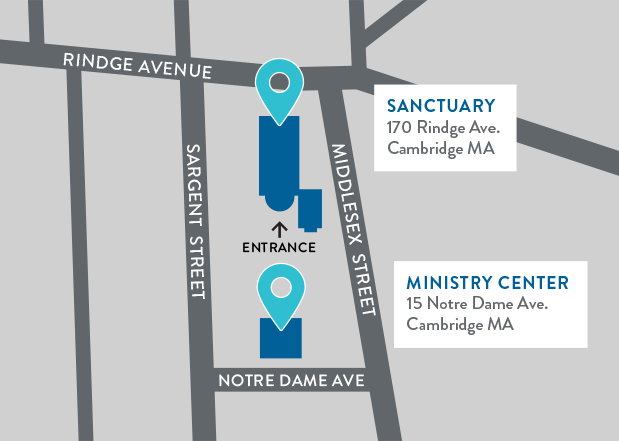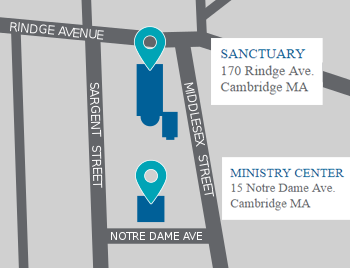Introducing the Daily Reading Format
The specific reading schedule we’re following is adapted (with some tweaking and adjustments) from what’s called the ‘daily office’ of the Episcopal Book of Common Prayer.
The daily readings put an emphasis on a balanced diet of Bible reading. Each day, there’s a reading from each of four major sections of the Bible:
- Psalms: the book of Psalms is the Bible’s collection of prayers and worship songs. We’ll usually look at one psalm each day, taking them in order. However, when we’re near major holidays (the week after Easter, for instance), we’ll abandon our sequential approach and read psalms appropriate to the holiday.
- An Old Testament reading: the Old Testament is the story before the birth of Jesus. It mostly follows God’s relationship with the people of Israel, the nation God calls to be his special representatives in the world. If we go for the full two years, we’ll end up reading the Old Testament once.
- A New Testament reading: the New Testament is the part of the Bible written after the birth of Jesus. Since the Gospels (the next section) are treated separately, much of our New Testament reading will be from the letters written by early church leaders to their churches. We’ll read the New Testament on about a once a year pace.
- A Gospel reading: each day we’ll read something from the life and teachings of Jesus (Gospel is just Old English for ‘good news,’ meaning the good news of Jesus’ coming to earth). There are four different presentations of the story. If we go two years, I think we’ll read each of the gospels about three times.

